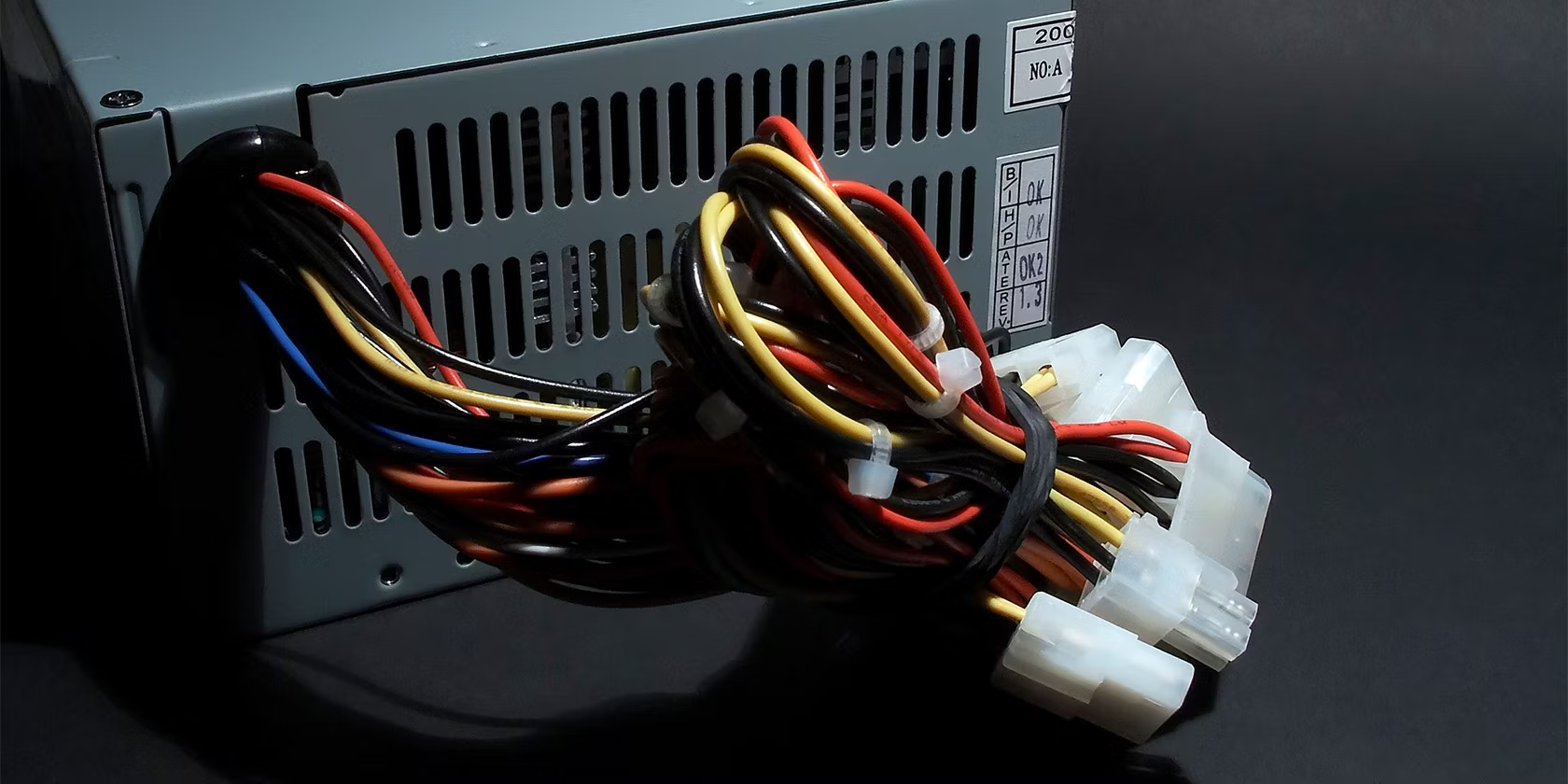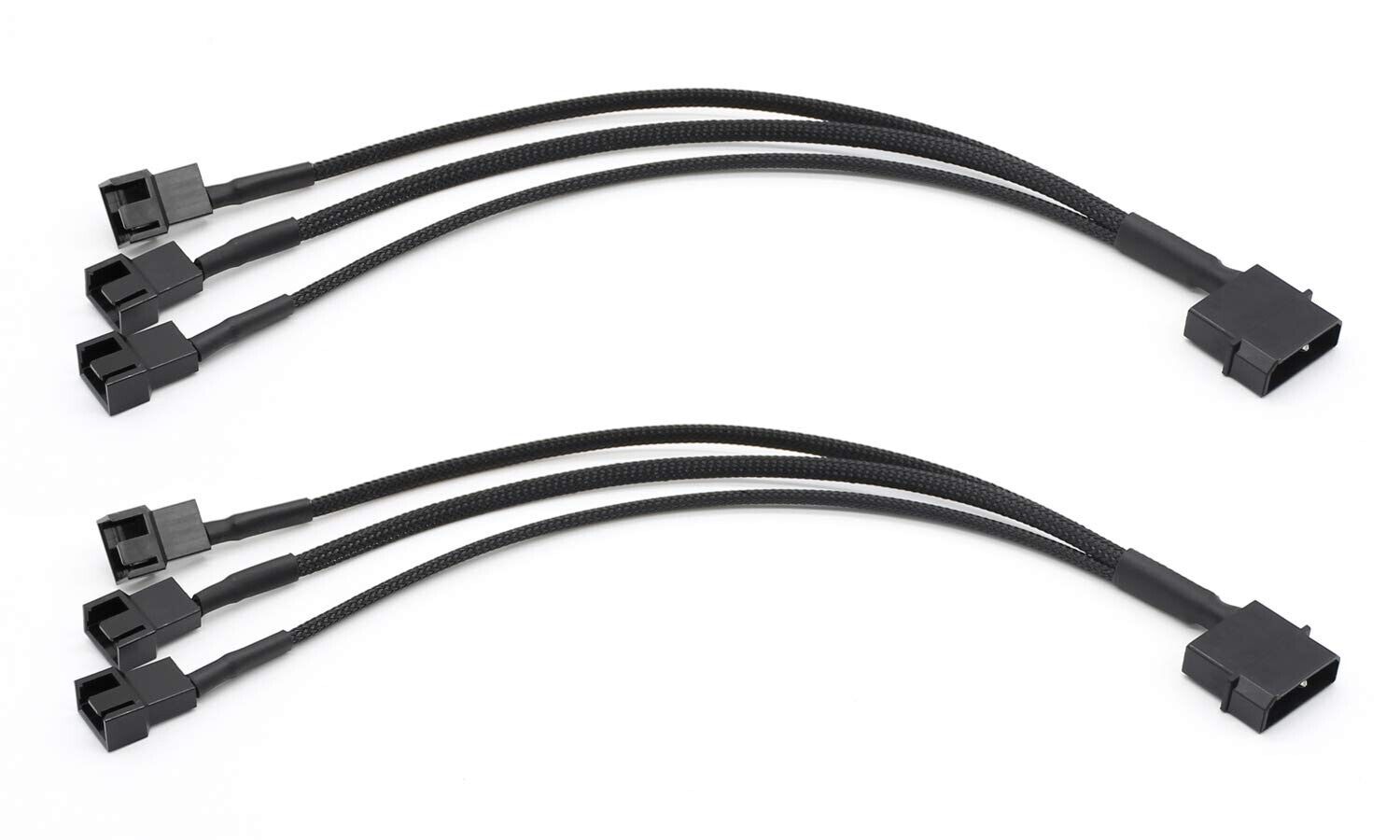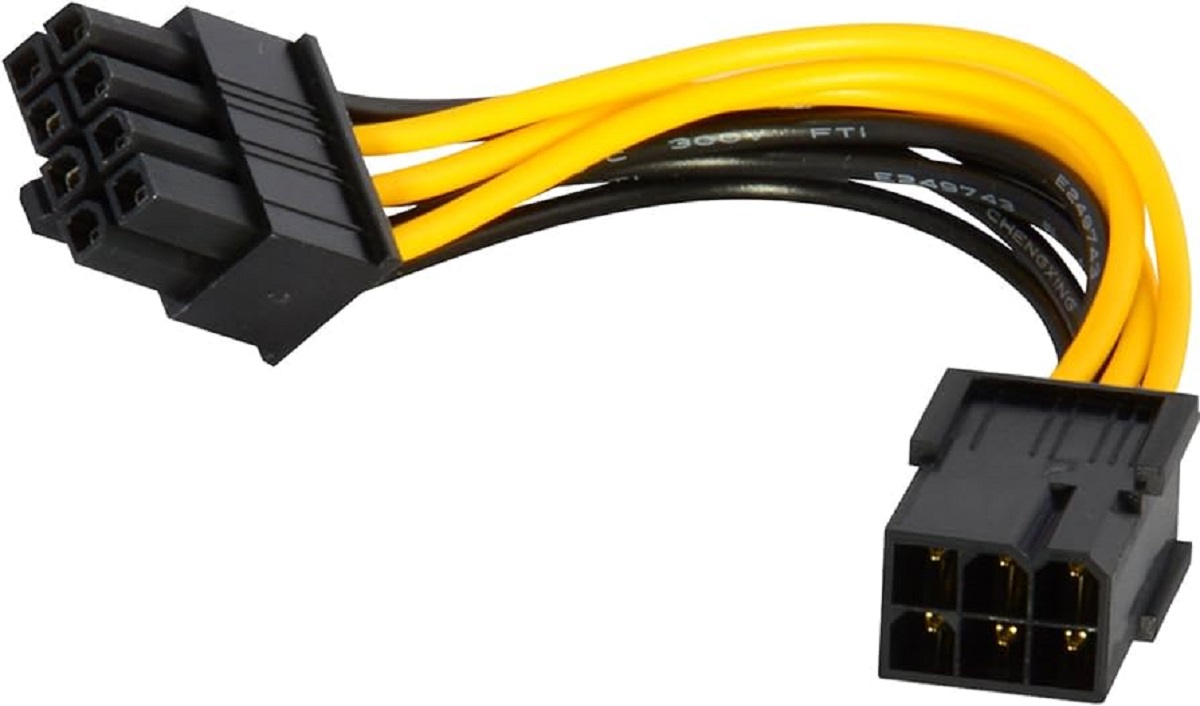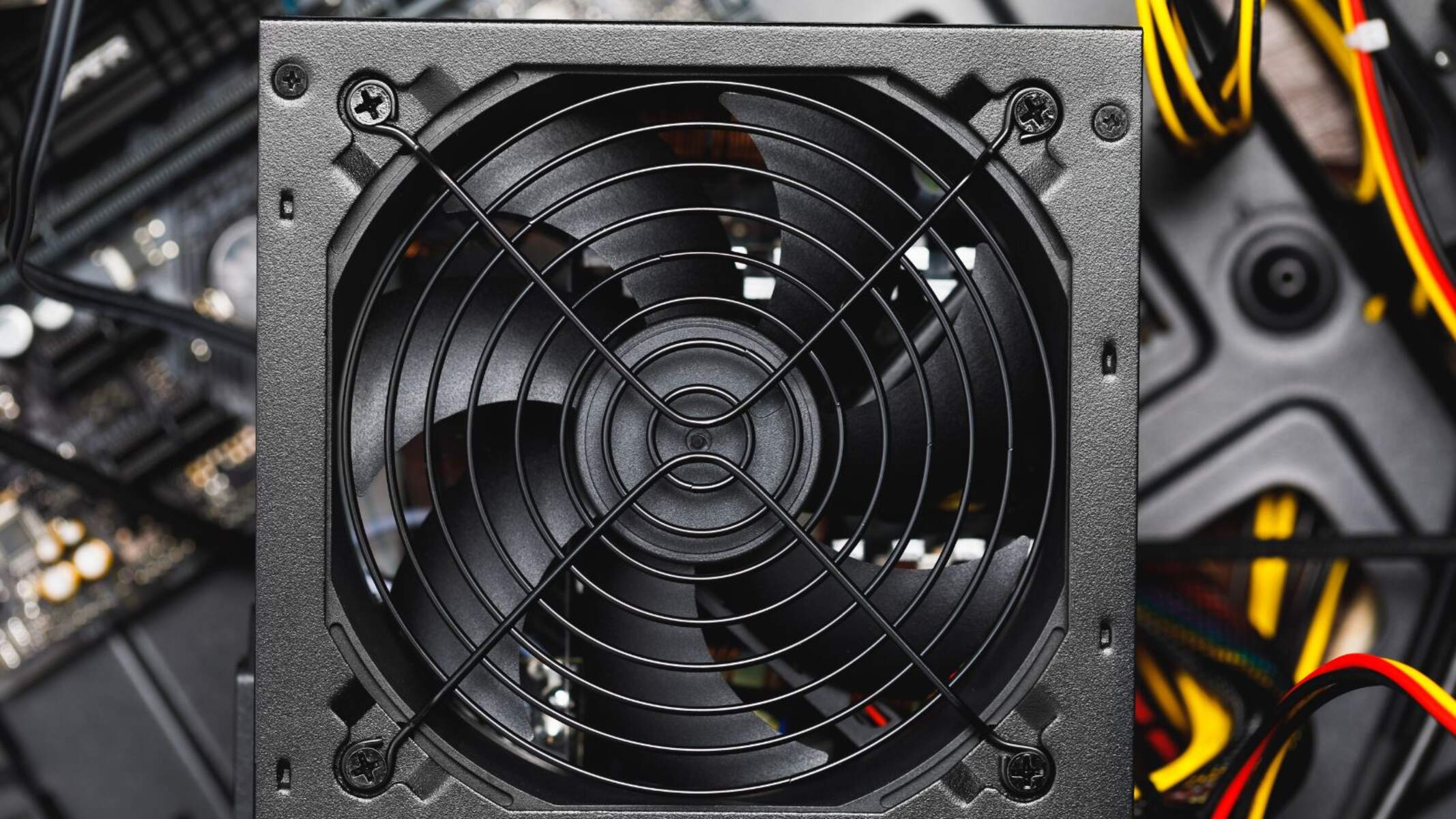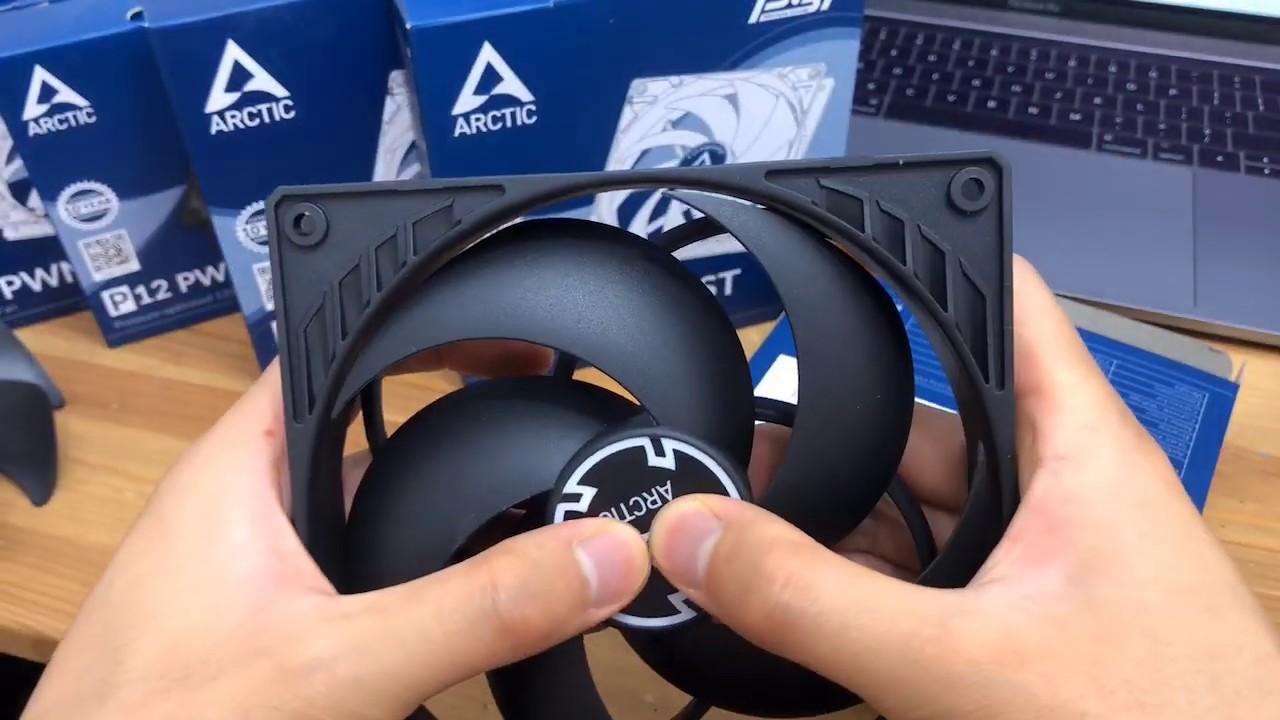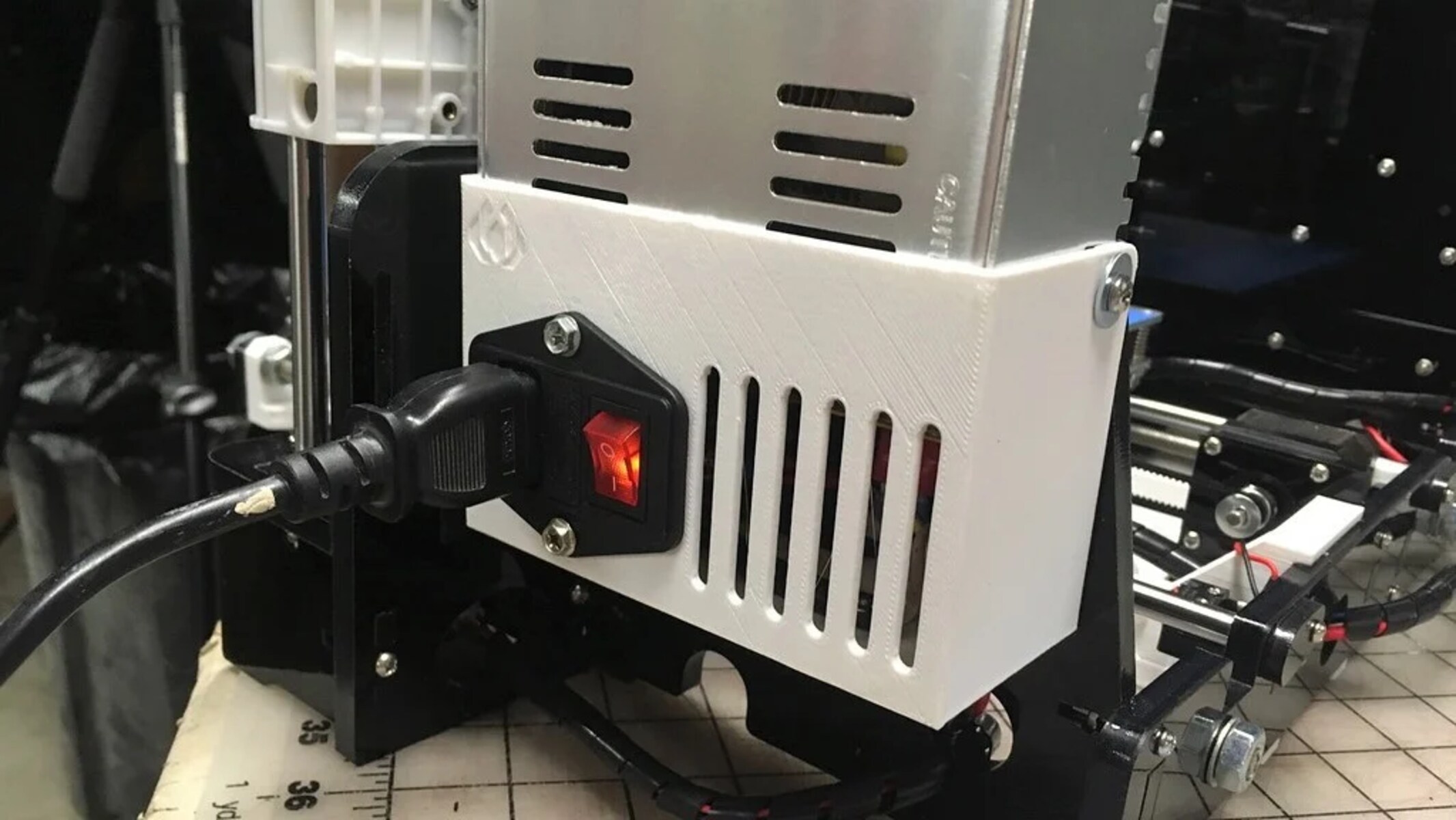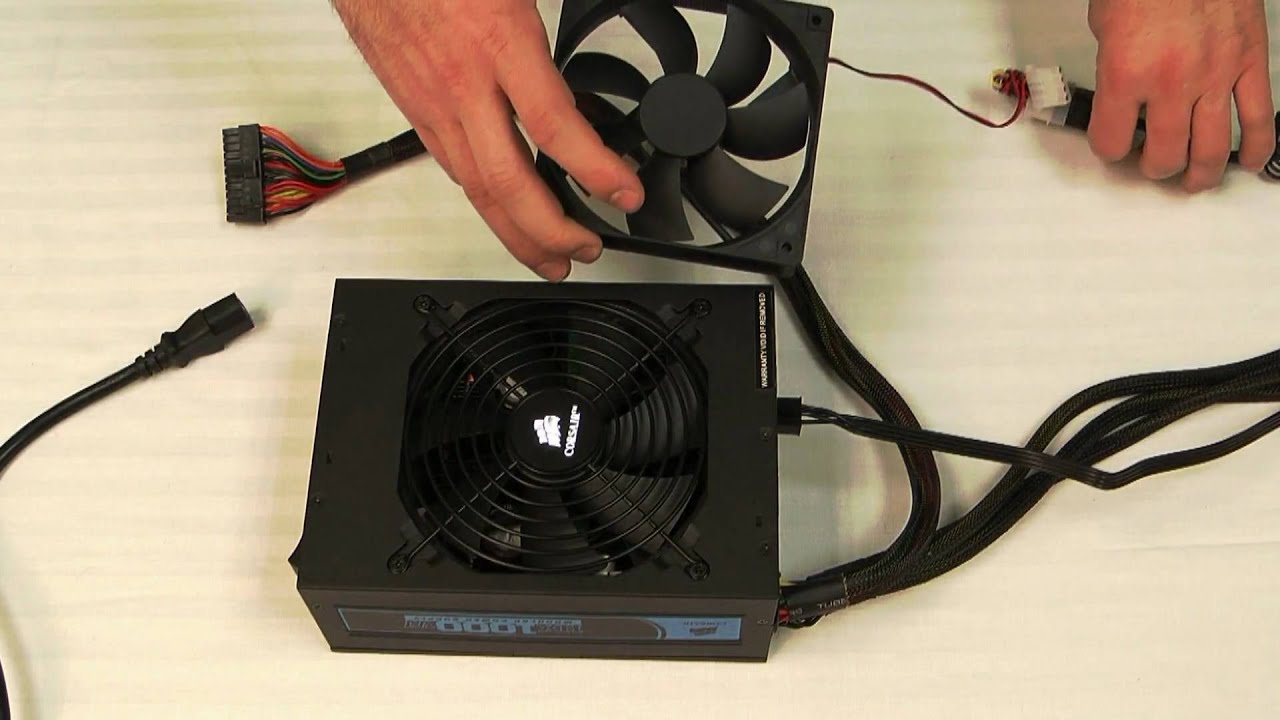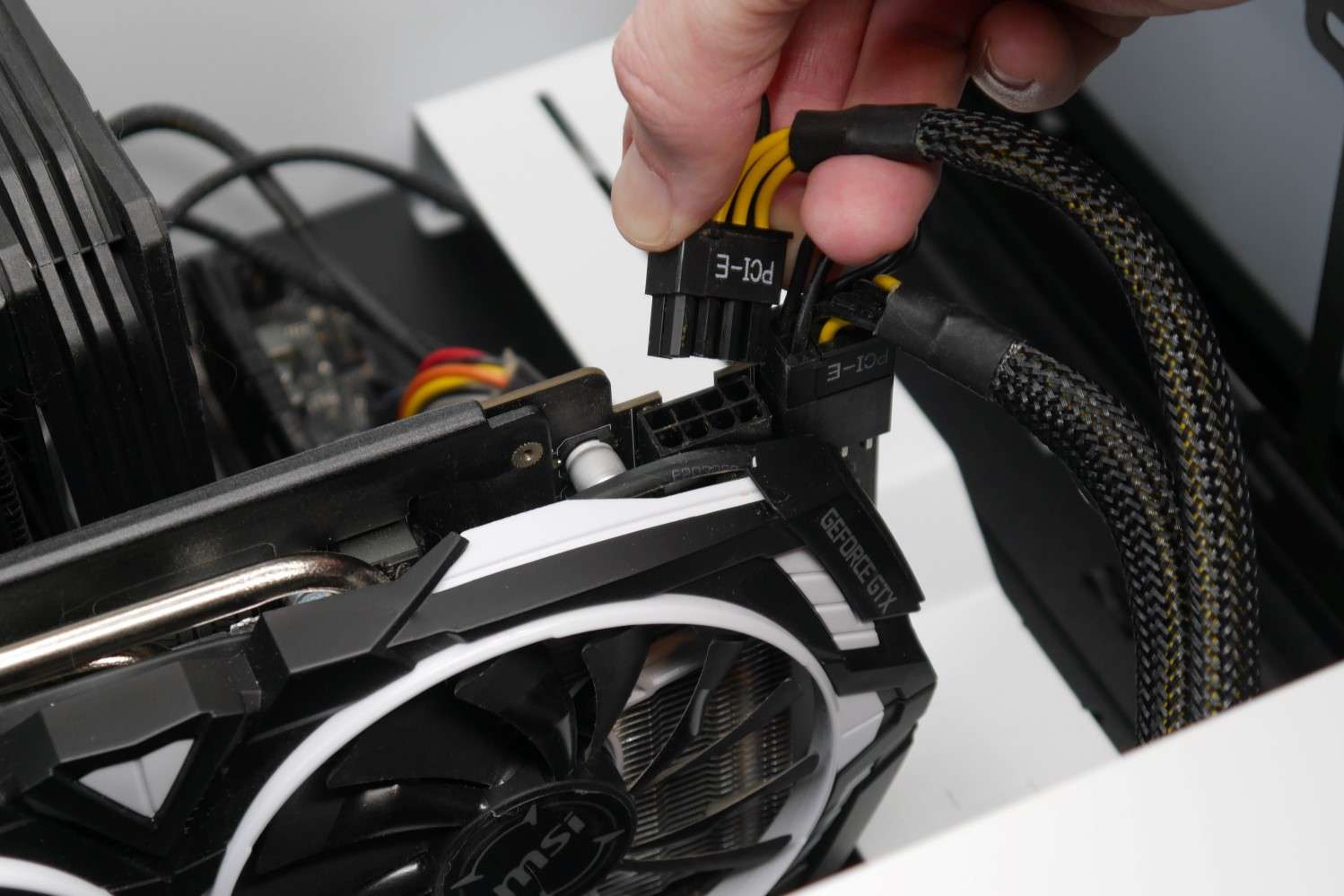Introduction
The power supply unit (PSU) is a vital component of your computer, responsible for providing the necessary power to all other hardware components. It converts the alternating current (AC) power from your wall outlet into direct current (DC) power that your computer can use. However, like any other hardware component, PSUs can deteriorate over time and eventually fail.
Knowing when it’s time to replace your PSU is crucial to prevent potential damage to your computer and ensure its optimal performance. In this article, we’ll discuss the various signs that indicate you may need a new PSU.
While it may be tempting to continue using an old or faulty PSU, it’s essential to address any issues promptly to avoid more significant problems down the line. Ignoring warning signs can lead to system crashes, data loss, and even permanent damage to your computer components.
Whether you are an avid gamer, a graphic designer, or simply using your computer for everyday tasks, being aware of the signs of PSU failure can save you from potential headaches and expensive repairs. Let’s explore these signs in more detail.
Strange Noises and Smells
If you start noticing unusual sounds coming from your computer, such as buzzing, whirring, or grinding noises, it could be a sign of a failing PSU. These noises typically indicate that the internal components, such as the fan or capacitors, are wearing out or becoming faulty.
In addition to strange noises, if you detect any unusual smells, especially a burning odor, it is a clear indication that something is wrong with your PSU. A burning smell may suggest that the PSU is overheating or there is an electrical short circuit, which should be addressed immediately to avoid potential hazards.
It’s worth noting that not all computer noises and smells are directly related to the PSU. However, if you’ve ruled out other components and are still experiencing these issues, it’s crucial to consider the possibility of a failing power supply.
When strange noises or smells occur, it is recommended to shut down your computer, unplug it from the power source, and seek professional assistance to diagnose and address the issue appropriately. Attempting to continue using a PSU that emits strange noises or smells can lead to further damage and potential safety risks.
Random Shutdowns and Restarts
If your computer is experiencing frequent, unexpected shutdowns or restarts, it may be a sign of a failing PSU. When the power supply is unable to deliver a consistent and stable power output, your computer can shut down abruptly or restart without any warning.
Random shutdowns and restarts can occur during normal usage or when you’re performing resource-intensive tasks, such as gaming or video editing. These unexpected disruptions can lead to data loss, unsaved work, and frustration.
It’s important to rule out other potential causes, such as software issues or overheating, before attributing the problem to the power supply. However, if you’ve eliminated other possible factors and the random shutdowns or restarts persist, it’s likely time to consider replacing your PSU.
Before replacing the PSU, make sure to check the connections between the power cord and the computer, as loose or faulty connections can also cause the system to shut down unexpectedly.
Keep in mind that random shutdowns or restarts can be a symptom of other hardware issues as well. If you have replaced the PSU and are still experiencing these problems, it may be necessary to seek professional assistance to diagnose and address any underlying issues with your computer.
Overheating and High Temperatures
When your computer’s PSU starts to deteriorate, it may struggle to maintain proper cooling and ventilation for the components, leading to overheating issues. One of the visible signs of PSU problems is the increased temperature inside your computer case.
You may notice that your computer fans are running at higher speeds more frequently, or you might experience sudden system slowdowns or crashes during CPU or GPU intensive tasks. These symptoms are often indicative of inadequate power supply and insufficient cooling, both of which can cause your computer to overheat.
Excessive heat not only affects the overall performance and stability of your system but can also damage sensitive components like the CPU or GPU, leading to permanent hardware failure.
Monitoring your computer’s temperature is essential to identify potential PSU-related overheating issues. You can use software tools to measure and track the temperature of your CPU and GPU. If you consistently notice temperatures significantly exceeding the recommended limits, it’s a strong indication that your PSU is no longer able to provide adequate cooling.
It’s important to note that improper cooling and overheating can also be caused by other factors such as insufficient airflow, a faulty CPU cooler, or dust buildup. Therefore, it’s crucial to clean and maintain your computer regularly and ensure proper ventilation before concluding that the PSU is the sole culprit.
However, if you’ve ruled out other possible causes and the overheating issues persist, replacing your PSU with a more efficient and reliable one can effectively resolve the problem and protect your computer from potential heat-related damage.
Power Fluctuations and Instabilities
If you notice frequent power fluctuations and instabilities in your computer, it could be a clear indication of a failing PSU. Power fluctuations can manifest in various ways, such as sudden voltage drops or spikes, flickering lights, or devices intermittently turning on and off.
Fluctuations in power supply can result in unstable voltages being delivered to your computer components, which can lead to system instability and potential damage. You may experience crashes, freezes, or other erratic behavior while using your computer.
To determine if the power supply is the cause of these issues, you can use a voltage meter or power supply tester to check the voltages being supplied by the PSU. If you notice significant fluctuations or inconsistent readings, it’s highly likely that the power supply unit is failing and needs to be replaced.
It’s worth keeping in mind that power fluctuations can also be caused by external factors, such as faulty power outlets or electrical issues in your home or office. Therefore, it’s advisable to rule out these external factors before concluding that the PSU is the primary culprit.
If your computer is connected to a surge protector or uninterruptible power supply (UPS), try connecting it directly to a wall outlet to see if the power fluctuations persist. Additionally, check the power connections and cables, ensuring they are securely plugged in without any signs of damage.
Replacing the PSU with a higher-quality and more stable unit can help resolve power fluctuation issues and provide consistent power to your computer, ensuring its proper functioning and minimizing the risk of component damage.
Inadequate Power for Upgraded Components
If you’ve recently upgraded your computer by adding more power-hungry components, such as a high-end graphics card or a faster processor, it’s crucial to ensure that your PSU is capable of handling the increased power demands.
Inadequate power supply for upgraded components can manifest in various ways. You may experience system instability, crashes, or unexpected shutdowns when putting your computer under heavy load or running demanding applications.
When you upgrade your computer components, you’re likely increasing the overall power consumption of your system. If your PSU is unable to provide enough power to meet the new demands, it will struggle to maintain stable voltages, causing the system to become erratic and unreliable.
To determine if your PSU is the issue, check the power requirements of your upgraded components and compare them to the wattage output of your current power supply. If the wattage falls significantly short of the requirements, it’s a clear indication that an upgrade to a higher wattage PSU is necessary.
It’s important to choose a PSU with a wattage rating that not only meets the demands of your upgraded components but also allows for future expansion. This ensures that your power supply can handle any further upgrades you may make without encountering power-related issues.
Upgrading the PSU to accommodate the increased power demands of your upgraded components will not only prevent stability issues but also extend the lifespan of your computer and protect your hardware investment.
System Freezes and Blue Screens of Death
If your computer frequently freezes or displays the dreaded Blue Screen of Death (BSOD), it could indicate a problem with your PSU. System freezes and BSODs are often symptoms of hardware or driver-related issues, and a failing power supply can be a contributing factor.
When a PSU is unable to consistently provide the necessary power to your system, it can result in instability and crashes. Insufficient power supply can lead to erroneous operations, driver conflicts, and sudden system failures, resulting in frequent freezes or BSOD errors.
It’s important to note that system freezes and BSODs can be caused by a variety of factors, including faulty RAM, outdated drivers, or software conflicts. However, if you’ve ruled out these other causes and the issues persist, it’s worth considering the PSU as a potential culprit.
One way to determine if the PSU is causing system freezes or BSODs is to monitor the voltage levels using diagnostic software. If you notice significant fluctuations or irregularities in the voltage readings, it indicates a power supply problem.
Replacing the failing PSU with a more reliable and stable one can restore proper power delivery and eliminate the system freezes and BSOD errors. However, if the issues persist after replacing the PSU, it’s advisable to seek professional assistance to diagnose any other potential underlying hardware or software issues.
Resolving system freezes and BSODs caused by a failing power supply is crucial as continued instability can lead to data loss, damage to hardware components, and an overall frustrating computing experience.
Burning or Discolored Connectors
If you notice burning smells or discoloration on the connectors of your power supply or other components, it is a clear indication of a major problem. Burning or discolored connectors are a sign of overheating, electrical arcing, or melting, which can be caused by a failing PSU.
Over time, as a power supply unit deteriorates, it may struggle to handle the power load, resulting in increased heat generation. This excess heat can cause the connectors to become damaged or even melt, leading to potential short circuits or electrical fire hazards.
If you observe any burning smells or see blackened or charred marks on the connectors or surrounding areas, it’s crucial to address the issue immediately. Continuing to use a PSU with burnt or discolored connectors can pose a severe risk to your safety and the integrity of your computer system.
When you encounter burning smells or discolored connectors, it is recommended to shut down your computer and disconnect it from the power source. Seek professional assistance to inspect the unit, diagnose the problem, and replace the faulty PSU if necessary.
Regularly inspecting your computer’s connectors and cables can help identify potential issues early on. Loose connections, frayed wires, or signs of overheating should be addressed promptly to prevent any further damage.
Remember, safety is paramount when dealing with electrical components. If you’re unsure how to handle or diagnose the issue yourself, it’s best to rely on professional help to ensure the safety of yourself and your computer.
Age and Lifespan of the PSU
Like any other hardware component, power supply units have a limited lifespan. Over time, the internal components of a PSU can wear down, capacitors can degrade, and the unit’s overall efficiency can decrease. These factors can contribute to the PSU’s failure and the need for a replacement.
The average lifespan of a PSU can vary depending on various factors such as usage patterns, quality of the unit, and environmental conditions. Generally, a well-maintained and high-quality PSU can last between 5 to 10 years.
However, it’s important to note that even if a PSU appears to be functioning properly, it doesn’t mean it’s not nearing the end of its lifespan. As a PSU ages, its performance and stability may deteriorate, increasing the risk of failures or inadequate power delivery to your computer components.
If your PSU has been in use for several years or if you are experiencing any of the aforementioned signs of failure, it’s worthwhile to consider the age of the PSU as a contributing factor.
Replacing an older PSU with a newer model not only ensures that your computer receives a more reliable and efficient power supply but also provides peace of mind against potential failures and damage to your components.
Regular maintenance and cleaning can help extend the lifespan of your PSU. Keeping the unit free from dust and ensuring that the vents and fans are unobstructed can improve its cooling efficiency and overall performance.
It’s important to be proactive and aware of the age and lifespan of your PSU. By regularly checking for signs of wear, being mindful of the unit’s age, and considering an upgrade when necessary, you can maintain a stable and reliable power supply for your computer system.
Conclusion
Recognizing the signs that indicate the need for a new power supply unit (PSU) is crucial for maintaining a stable and reliable computer system. Strange noises, burning smells, random shutdowns, overheating, power fluctuations, inadequate power for upgraded components, system freezes, and discolored connectors are all common signs of a failing PSU.
It’s important not to ignore these warning signs, as they can lead to more severe issues such as data loss, hardware damage, or even safety hazards. Promptly addressing PSU-related problems can help prevent further complications and ensure the smooth operation of your computer.
While it’s essential to consider the symptoms outlined in this article, it’s equally important to rule out other potential causes before concluding that the PSU is to blame. Performing thorough diagnostics or seeking professional assistance can help identify the root cause of the issues you’re facing.
When it comes to replacing a faulty PSU, opt for a high-quality unit with the appropriate wattage for your system’s needs. Consider the age and lifespan of your current PSU, as well as any future upgrades or expansions you may undertake.
Regular maintenance, such as keeping your computer clean and ensuring proper ventilation, can help extend the lifespan of your PSU and reduce the likelihood of issues arising. However, if you suspect a failing PSU, it’s best to consult with a professional who can guide you through the replacement process.
By staying vigilant and being proactive in identifying and addressing PSU problems, you can avoid unnecessary downtime, protect your valuable data, and maintain the optimal performance of your computer system.







